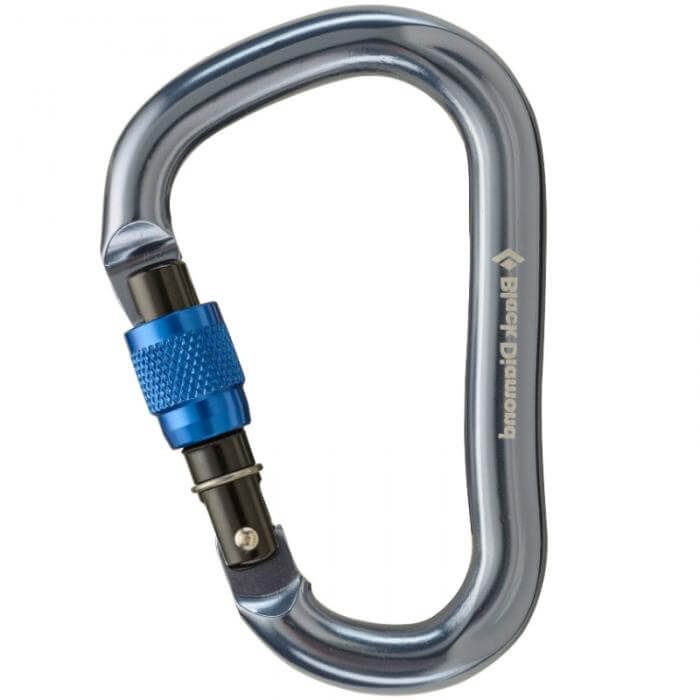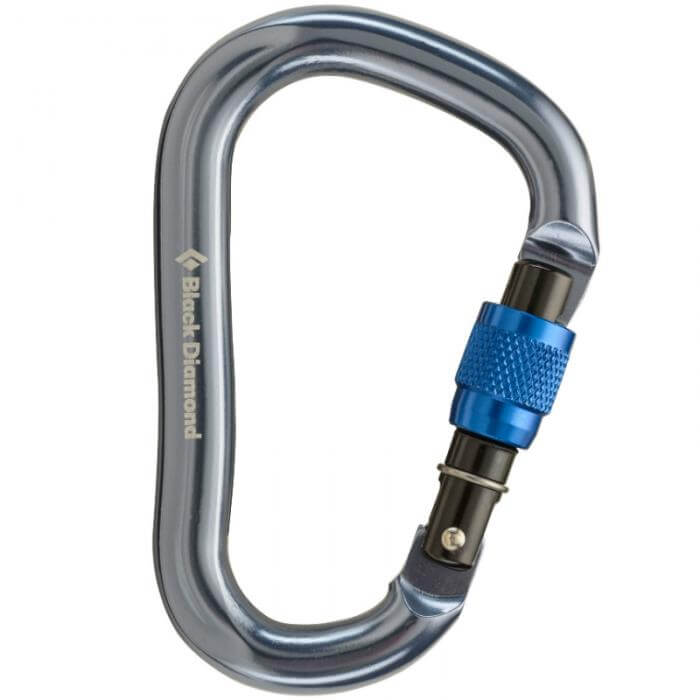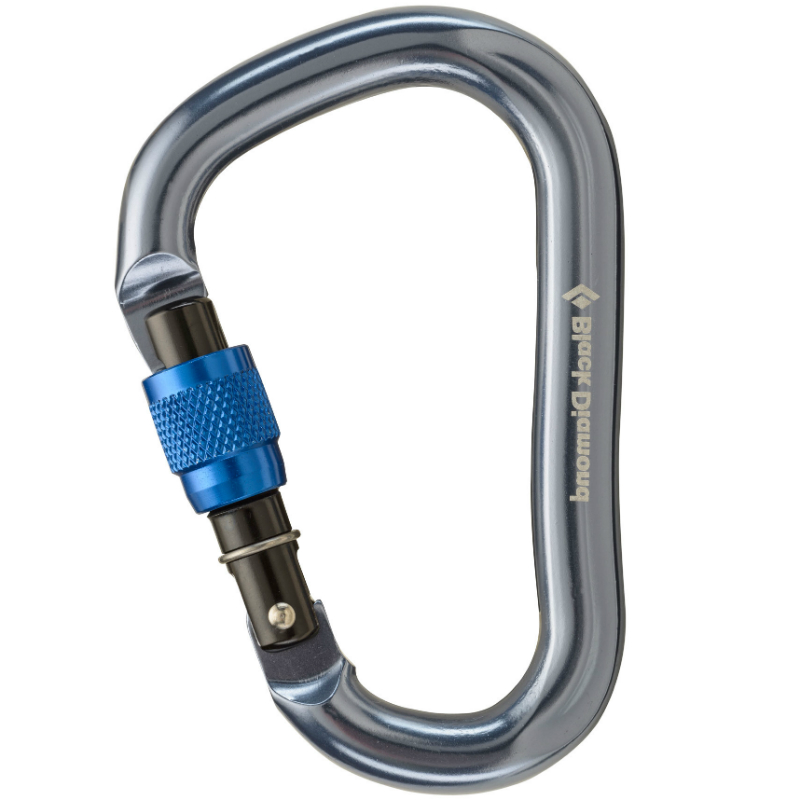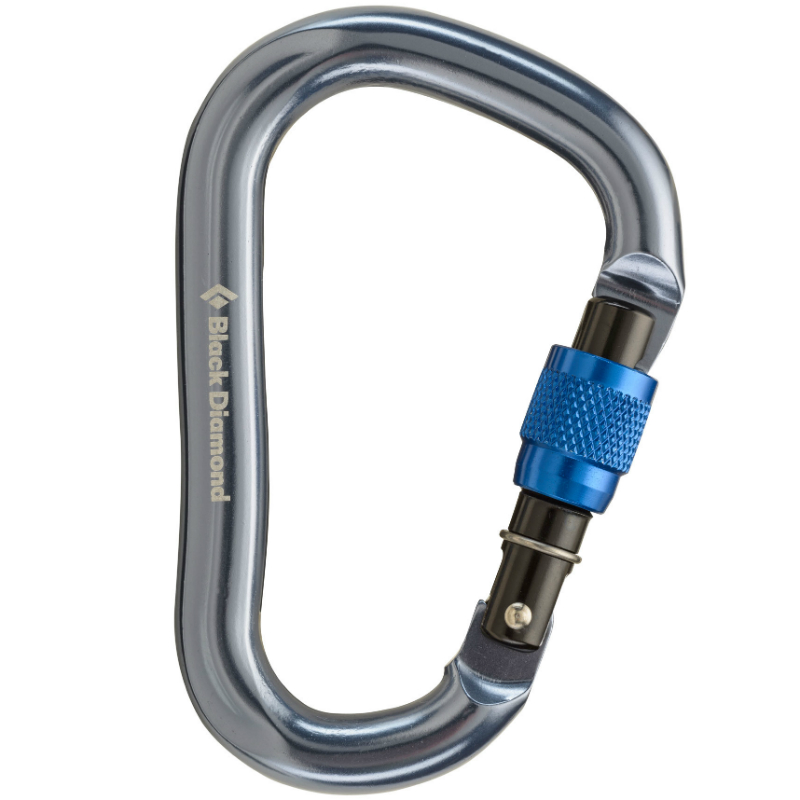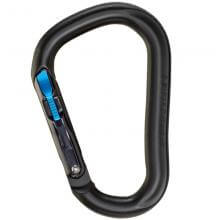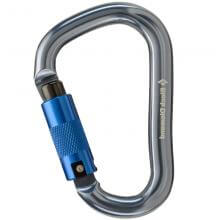Rocklock Screwgate 2019
Description
Our largest belay and rappel locker, the Black Diamond RockLock carabiner features a keylock nose and is Munter Hitch compatible. It’s available as a screwgate or twistlock—both can be operated with one hand.
-Square hinge end holds belay loop securely in place
-Slightly curved spine maximizes gate opening
-Keylock nose prevents snagging
-One-hand operable
-Available as a screwgate or twistlock
Retail price
This Product is Hard to Find.
We don’t know where you can buy this item online in the US. We’ll continue to check all the major retailers and will update this page as soon as we find one.
If you know where to find this online in the US, let us know, and we’ll add the link.
Weight (g)  |
85 g |
Shape  |
Pear / HMS |
Locking  |
Screw |
Straight or Bent  |
Straight |
Full Size  |
Yes |
Keylock  |
Yes |
Solid or Wire  |
Solid |
Gate Opening  |
21 mm |
Number of Colors  |
1 |
Lock Indicator  |
No |
Strengths (kN)  | |
Big, good for belay !
by maxime on 03/29/2020Locks rock
by par0043 on 03/27/2017My belay biner!
by Alison Dennis on 09/24/2012If you are looking to start your basic climbing rack, the Rocklock Screwgate is a great choice to pair with your belay/rappel device, and your personal anchor system. With a simple and functional design at an economical price, it wins our Best Buy Award and is recommended for most climbing situations.
Video shows how the Black Diamond carabiners are made.
This video with amazing background music shows where and how the Black Diamond cold-forged Carabiners are made.

